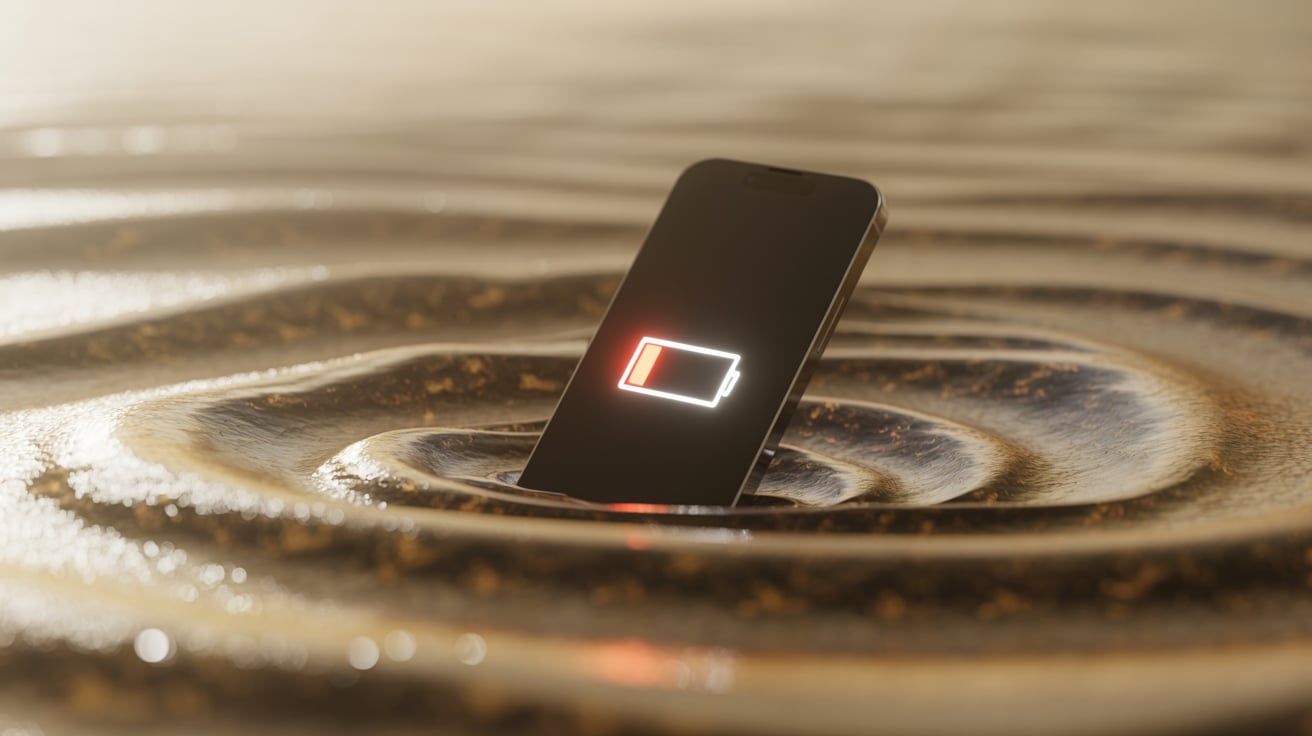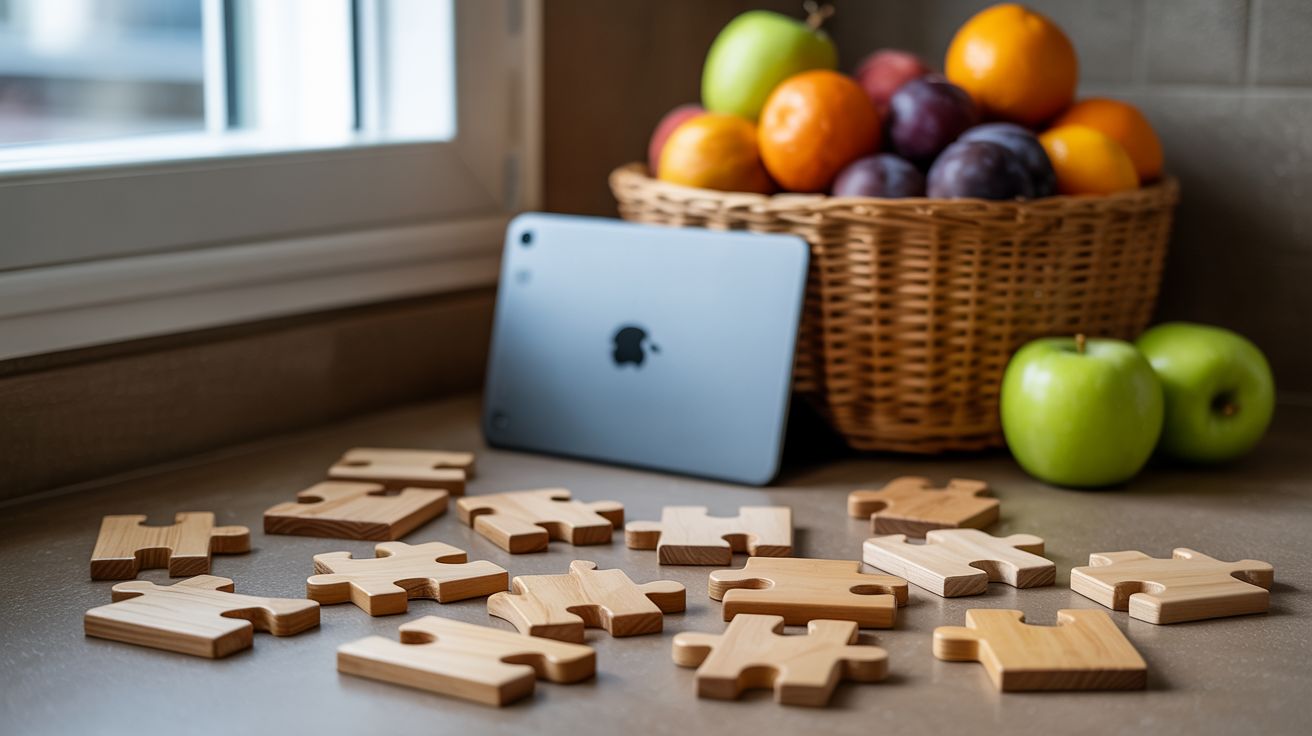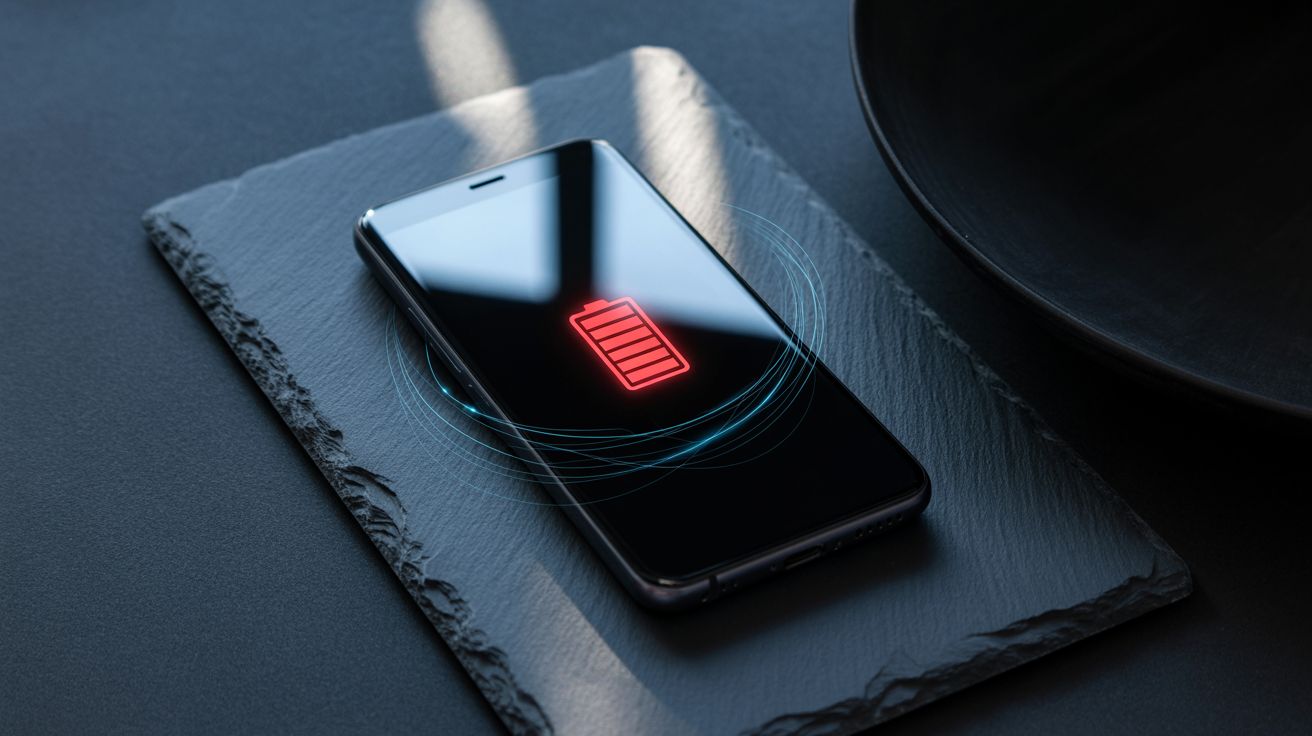Your Phone Is Literally Designed to Addict You (Here's How to Fight Back)
The Phantom Vibration: A Modern Malady
Ever felt your phone vibrate in your pocket, only to pull it out and find… nothing? You’re not alone. This “phantom vibration syndrome” is a testament to the powerful grip our smartphones have on our minds. It's a subtle but telling sign of how deeply intertwined our lives have become with these devices, and how easily our brains can be tricked into anticipating their constant presence. It's a symptom of a larger problem: our phones are engineered to be addictive, vying for our attention with every notification, like, and fleeting moment of digital validation.
The truth is, the apps and platforms we use daily are meticulously crafted to keep us hooked. From the infinite scroll to the unpredictable reward system of social media, every element is designed to maximize engagement. This isn't accidental; it's the result of sophisticated psychological research and the application of cutting-edge technology, including AI, aimed at understanding and manipulating our behavior. Understanding this is the first step towards reclaiming control over our digital lives and fostering a healthier relationship with our devices.
Dopamine and the Digital Drug
At the heart of smartphone addiction lies a powerful neurotransmitter: dopamine. Every time you receive a notification, a like, or a new message, your brain releases a small burst of dopamine, creating a pleasurable sensation. This reinforces the behavior, making you more likely to check your phone again and again, chasing that fleeting feeling of reward. It's a classic example of operant conditioning, where positive reinforcement drives repetitive behavior. This is why checking your phone can feel so compulsive, even when you know there's likely nothing new or important waiting for you.
Social media platforms are particularly adept at exploiting this dopamine loop. The constant stream of updates, photos, and comments provides a never-ending source of potential rewards. The unpredictable nature of these rewards – you never know what you'll find when you check your feed – makes them even more addictive. This is similar to how slot machines work, providing intermittent reinforcement that keeps players coming back for more. Recognizing this biological mechanism is crucial for understanding the power of smartphone addiction and developing strategies to break free from its grip.
The Attention Economy: You Are the Product
In the digital age, attention is the new currency. Companies are constantly vying for your eyeballs, and your smartphone is the primary battleground. Every app, every website, every notification is designed to capture and hold your attention for as long as possible. This is the essence of the attention economy, where your time and focus are the valuable commodities being bought and sold. The more time you spend on your phone, the more data companies can collect about you, and the more effectively they can target you with advertising.
This constant bombardment of information and stimuli can have a detrimental effect on your cognitive abilities. Studies have shown that excessive smartphone use can lead to decreased attention spans, impaired memory, and reduced critical thinking skills. It can also contribute to feelings of anxiety, stress, and social isolation. By understanding that you are the product in the attention economy, you can begin to make more conscious choices about how you spend your time and energy online. This involves actively resisting the allure of constant notifications and prioritizing activities that nourish your mind and body.
Notification Overload: Taming the Beast
One of the most effective ways to combat smartphone addiction is to take control of your notifications. The constant barrage of pings, buzzes, and alerts is a major source of distraction and anxiety. Start by turning off notifications for all non-essential apps. Do you really need to be notified every time someone likes your Instagram post or comments on your Facebook status? Probably not. Be ruthless in your selection, only allowing notifications from apps that are truly important, such as messaging apps from close family or work-related tools.
For the apps that you do allow notifications from, consider customizing the settings to make them less intrusive. Turn off sound and vibration, and opt for silent notifications that simply appear on your lock screen. You can also schedule specific times to check your notifications, rather than constantly reacting to them throughout the day. This will help you regain control over your attention and reduce the urge to constantly check your phone. Remember, you are in charge of your phone, not the other way around.
Digital Detox: Reclaiming Your Time
Sometimes, the best way to break free from smartphone addiction is to take a complete break. A digital detox involves intentionally disconnecting from your devices for a period of time, allowing you to reconnect with yourself and the world around you. This could be as simple as turning off your phone for a few hours each evening, or as drastic as going on a weekend camping trip without any technology. The key is to create space for activities that don't involve screens, such as reading, spending time with loved ones, or pursuing hobbies.
A digital detox can be challenging at first, as you may experience withdrawal symptoms such as anxiety and boredom. However, these feelings will eventually subside, and you'll likely find yourself feeling more relaxed, focused, and present. It's also a great opportunity to reflect on your relationship with technology and identify the triggers that lead to excessive smartphone use. By consciously disconnecting, you can gain a new perspective on your digital habits and develop healthier patterns for the future. This is a crucial step in fostering digital well-being and reclaiming your time.
Mindful Usage: Being Present in the Moment
Even when you're using your phone, you can practice mindful usage. This involves being present and intentional with your interactions, rather than mindlessly scrolling or reacting to notifications. Before you pick up your phone, ask yourself why you're doing it. Are you genuinely trying to accomplish something, or are you simply seeking a distraction? If it's the latter, consider choosing a different activity that will be more fulfilling and less addictive. When you are using your phone, pay attention to how you're feeling. Are you feeling stressed, anxious, or overwhelmed? If so, take a break and do something that will help you relax and recharge.
Mindful usage also involves being aware of the impact your phone use has on others. Are you constantly checking your phone during conversations, ignoring the people around you? Are you taking photos and videos without their consent? Be respectful of others' time and attention, and prioritize real-life interactions over digital ones. By practicing mindful usage, you can cultivate a healthier relationship with your phone and create a more positive and meaningful digital experience. This is about finding a balance and using technology as a tool, rather than letting it control you.
Leveraging Technology for Good: Digital Innovation for Well-being
While smartphones can be addictive, they can also be powerful tools for good. There are countless apps and resources available that can help you improve your mental and physical health, learn new skills, and connect with others in meaningful ways. The key is to be intentional about how you use technology and to choose apps that align with your values and goals. For example, you can use meditation apps to reduce stress and anxiety, fitness trackers to monitor your activity levels, or language learning apps to expand your knowledge. The field of digital innovation is constantly evolving, with new tools and technologies emerging all the time.
Furthermore, technology plays a crucial role in cybersecurity, protecting our digital lives from threats. By staying informed about the latest security risks and taking steps to protect your devices and data, you can create a safer and more secure online experience. This includes using strong passwords, enabling two-factor authentication, and being cautious about clicking on suspicious links. By leveraging technology for good, you can harness its power to improve your well-being and create a more positive and connected world. It's about using technology consciously and responsibly, rather than being passively consumed by it.
Reclaim Your Life: A Call to Action
Your phone doesn't have to control you. By understanding the addictive nature of these devices and implementing practical strategies to manage your usage, you can reclaim your time, attention, and well-being. Start by taking small steps, such as turning off notifications, scheduling digital detoxes, and practicing mindful usage. Be patient with yourself, as it takes time to break old habits and develop new ones. Remember, you are in control of your digital life. Don't let your phone dictate how you spend your time and energy. Take charge, set boundaries, and prioritize activities that nourish your mind, body, and soul.
The digital world offers incredible opportunities for connection, learning, and growth. But it's crucial to use technology consciously and responsibly, rather than letting it consume us. By taking proactive steps to manage your smartphone usage, you can create a healthier and more fulfilling digital life. So, take a deep breath, turn off your notifications, and go live your life to the fullest. The world is waiting for you, beyond the screen.



